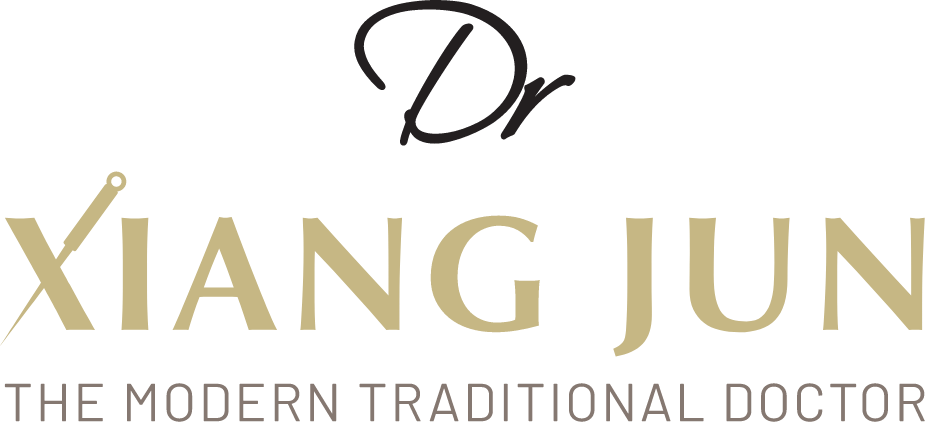Scientific Proof to How your Body react to Acupuncture - Sciatica
Regular sessions of Acupuncture can treat Sciatica.
Sciatica is a medical terminology commonly used to describe radiating pain down the leg. In the past, ‘sciatica’ was used to describe pains that are experienced around the hip or thigh. Sciatica is now highly associated with pain and/or sensory symptoms along a dermatome or a region of innervation of affected spinal root or roots. The most important symptoms include unilateral leg pain that radiates to the foot or toes and can be accompanied with numbness and weakness of the leg.
Treatment of sciatica is mainly aimed at pain control using either conservative treatments such as non opioid medications, epidural injections, or surgical methods such as disc surgery. But these are mainly for pain reduction and do not really treat the root of the problem. Also, side effects of epidural injections have been reported and the effect of NSAIDS on sciatica is still uncertain. Many patients report little relief from the conventional conservative treatments and surgical procedures are invasive and expensive, some may also cause neurological complications that may not be acceptable for everyone.
Acupuncture is a nonpharmaceutical therapy known to induce pain control, especially in the musculoskeletal system. Read more about How TCM acupuncture works here.
Many scientific papers have supported that regular acupuncture sessions are effective in treating sciatica.
Read more about Scientific Proof to How Your Body React to Acupuncture for Low Back Pain here.
Here are the scientific evidences that support this:
Conclusion: Acupuncture is an effective treatment option for pain from sciatica. Also the choice of needling locations and specific treatment parameters are now based on Traditional Chinese Medicine theory and the agreement of the acupoint used among specialists in the field of Traditional Chinese Medicine. Needles are typically inserted along the sciatic nerve distribution and associated dermatomes and/or myotomes.
Conclusion: The use of acupuncture can more effectively relieve leg pain or lumbago and improve global assessment of sciatica when compared with NSAID (ibuprofen, meloxicam, and diclofenac) treatment. Moreover, acupuncture can enhance the effect of medications in leg pain and lumbago relief. Acupuncture is relatively safe and is rarely associated with serious adverse events in patients with sciatica.
Conclusion: The treatment of acupuncture was an essential part of sciatica treatment and provided a useful tool for physicians to facilitate individualized treatment decisions regarding the management of sciatica. At the same time, due to the large individual differences of patients, this consensus is only a method to provide a new perspective for future clinical research on the effectiveness of acupuncture.
Further reading:
Everything you need to know about Acupuncture
Scientific Proof to how your body reacts to Acupuncture - Eczema
Scientific Proof to how your body reacts to Acupuncture - Plantar Fascitis
Scientific Proof to how your body reacts to Acupuncture - Sinusitis
Scientific Proof to how your body reacts to Acupuncture - Snoring
Scientific Proof to How your Body reacts to Acupuncture - Stress Management
Scientific Proof to How your Body reacts to Acupuncture - Constipation
Scientific Proof to How Your Body Reacts to Acupuncture - Acne Scars
Scientific Proof to how your body reacts to Acupuncture - Neck and Shoulder Aches and Pain
Scientific Proof to how your body reacts to Acupuncture - Urinary Incontinence





